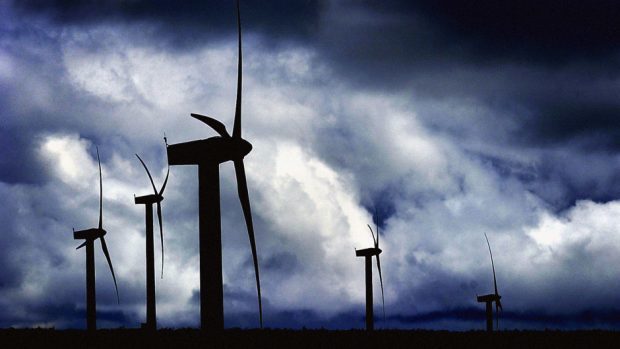Windfarm watchers in the north have accused environmentalists of spinning the facts about the “extraordinary” success of recent green energy production.
They accused the charity WWF Scotland yesterday of “cherry-picking” official data on wind and solar power.
The critics pointed out that on a specific day highlighted as exemplary for green energy – May 15 – electricity customers were actually being billed £750,000 to compensate windfarm companies.
The so-called “constraint payments” are frequently awarded for switching off turbines to avoid overloading the national grid.
Referencing the same official data, the anti windfarm campaigners also revealed how, on the same day, Scotland imported electricity from England – as it still often does.
WWF Scotland had celebrated an “extraordinary month” for renewables in Scotland, with windfarms powering “the equivalent of 95% of Scottish households’ electricity needs.”
The comments are based on analysis of renewables data for WWF.
Supporters and opponents of windfarms tap into the same daily data provided by the national grid.
WWF Scotland’s reading was that wind generated enough power “to supply 100% or more of Scottish homes on 11 of the 31 days in May.”
Highland-based industry watcher Stuart Young, who has closely monitored the data for some years, argued that the interpretation did not tell the full story.
For example, he said, on May 18 Scotland imported electricity for 20 hours and 40 minutes.
“This all begs the question,” he said, “that if the Scotland-England interconnector is not being used to capacity, why are windfarms constrained off so often?”
WWF Scotland had used the figures in response to President Trump’s decision to withdraw from the latest climate change accord.
The charity’s acting director Sam Gardner had said, despite that, “the global energy revolution is unstoppable and continues at pace here in Scotland.”
The data also shows that between mid January and the end of May, Scotland’s electricity supply was imported from England on 59 separate days. And on May 15, turbines at 39 Scottish windfarms were switched off, costing £754,009.
The total bill for compensation to windfarmers since 2010 recently passed £301million.










